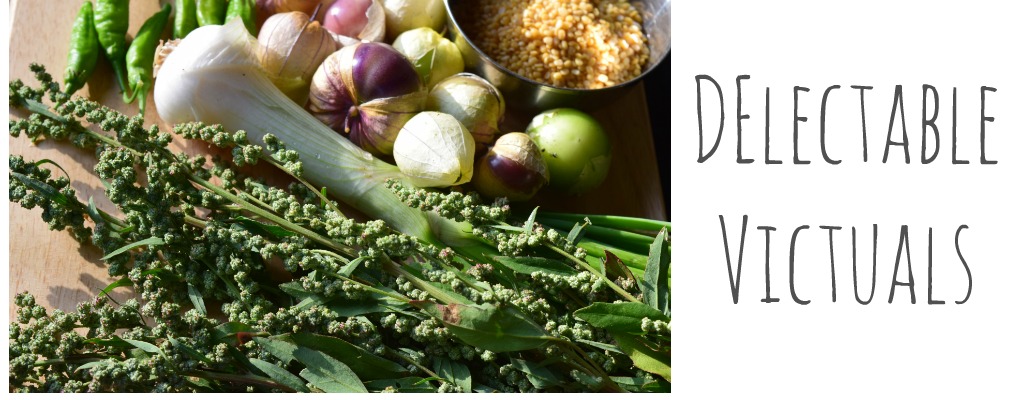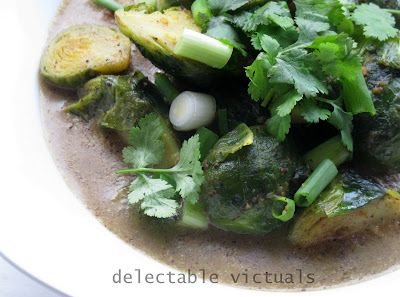Chicken Paella

One pot rice dishes make a filling meal and are easy to prepare. While there are different versions of paella, the Valencian style chicken and vegetables is what I usually end up making, not the seafood paella. Some boneless skinless chicken breasts and Andouille chicken sausages, peas, carrots, bell peppers and onions, to keep it simple. Of course any other vegetable or meat is fine.
Ingredients
2 boneless skinless chicken breasts, cut into large pieces
a few chunks of chicken sausage (optional)
vegetables - frozen peas, carrots, onions, red bell peppers, green beans, broccoli (optional)
fresh or sun-dried tomatoes, as much a preferred
a few prunes (optional)
3 Tbsp vegetable oil
salt
1½ cups rice (I prefer Basmati, but any long grain rice is good)
3 cups water (more or less) or stock
spices
a few strands of saffron
finely chopped fresh rosemary
2 tsp paprika powder
1 tsp cayenne pepper (optional)
Preparation
- Heat oil in a large pan, brown the chicken pieces on both sides; add the onions sauté
- Add the saffron and water, bring to a simmer, add the rice, rest of the spices, salt to taste, carrots, sun-dried tomatoes, prunes, cover and cook till water is absorbed and rice and chicken are done
- Add the browned sausage, frozen peas, broccoli and red bell peppers, stir well, cover and let it rest for about 5 minutes or so
- Adjust flavors to taste, garnish with parsley or spring onions, and serve warm
Labels: chicken, miscellaneous, rice







